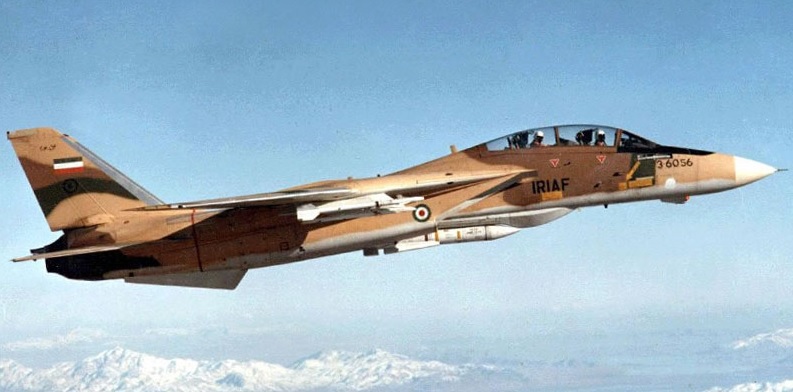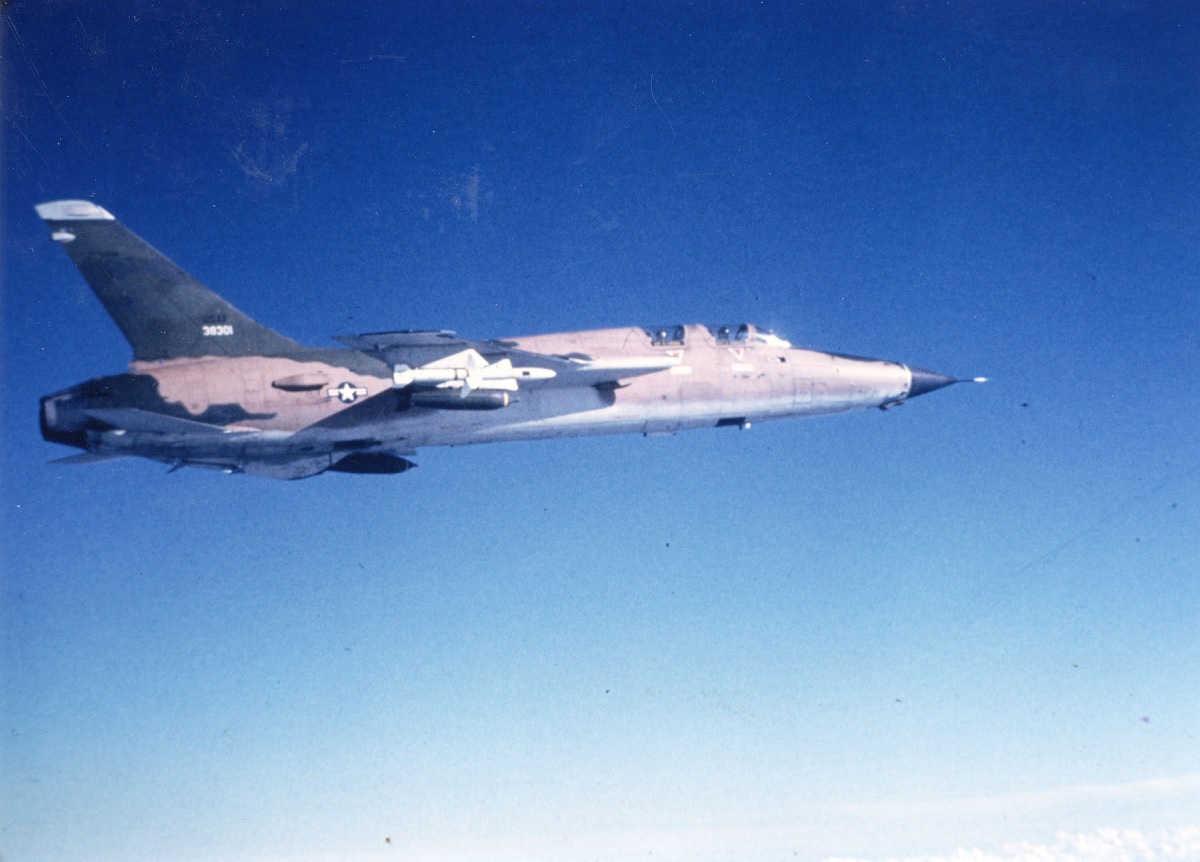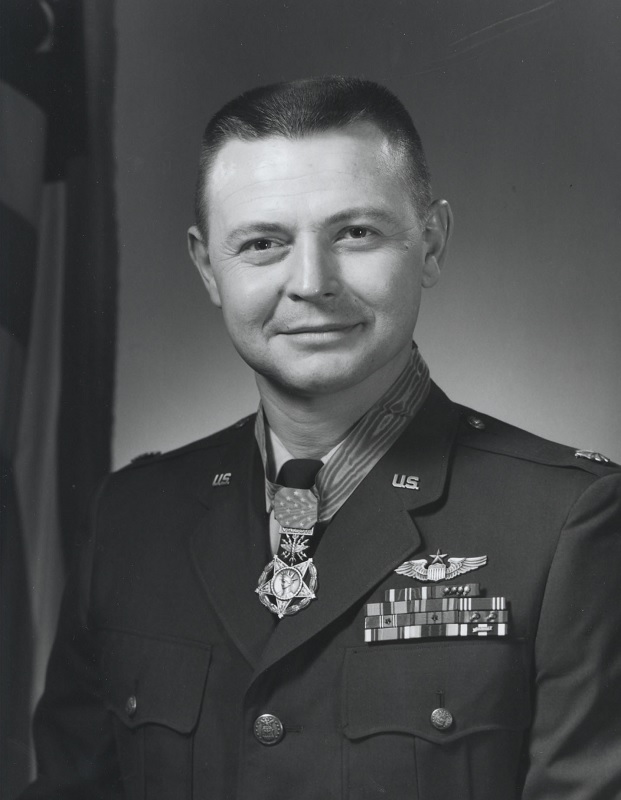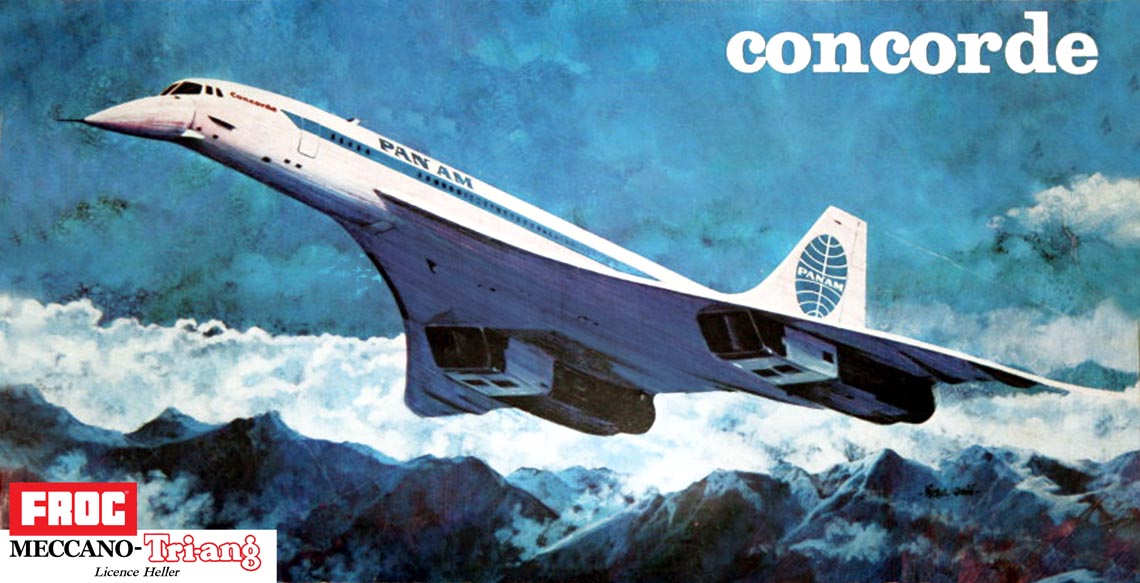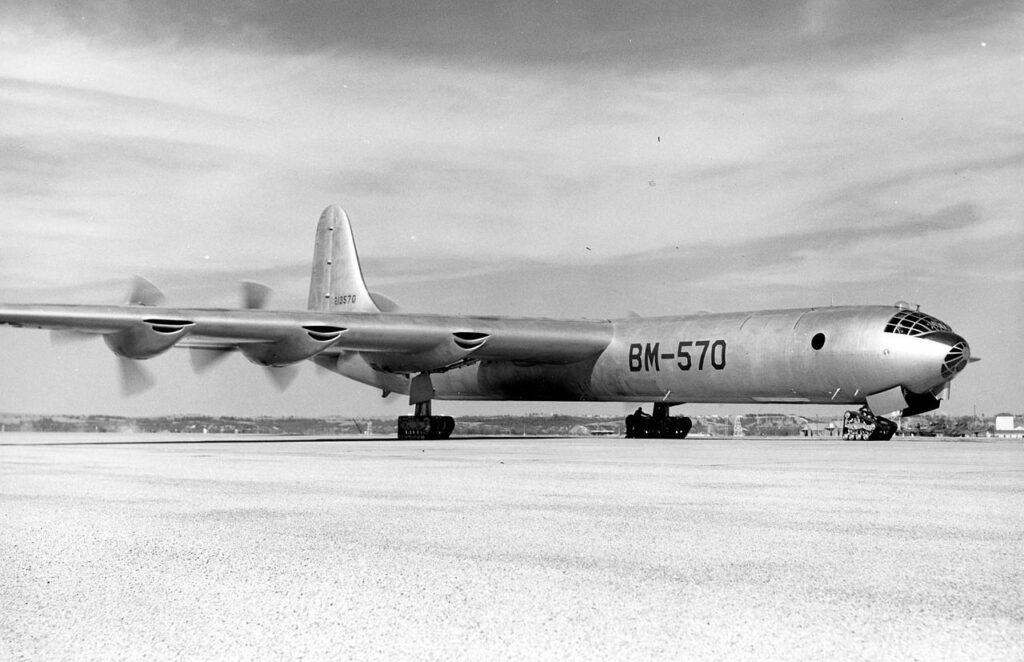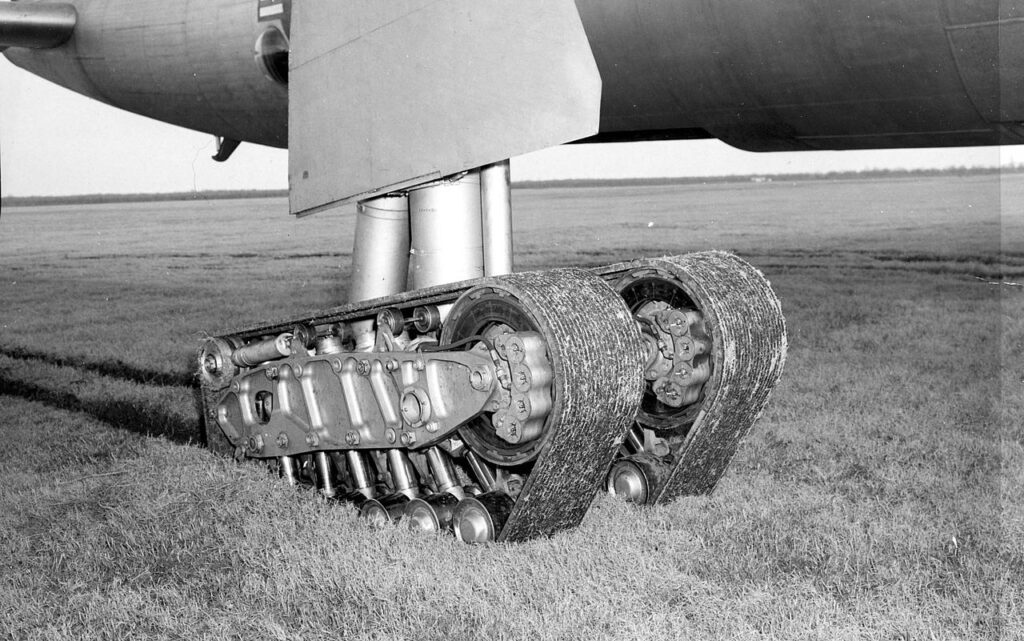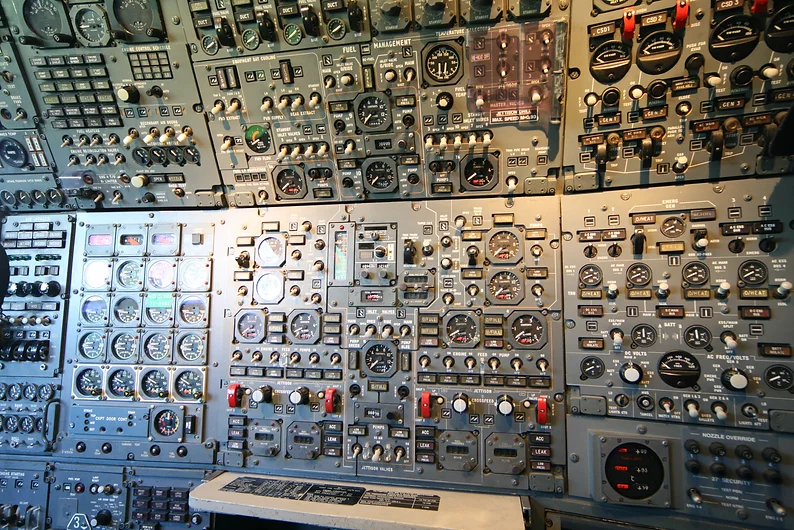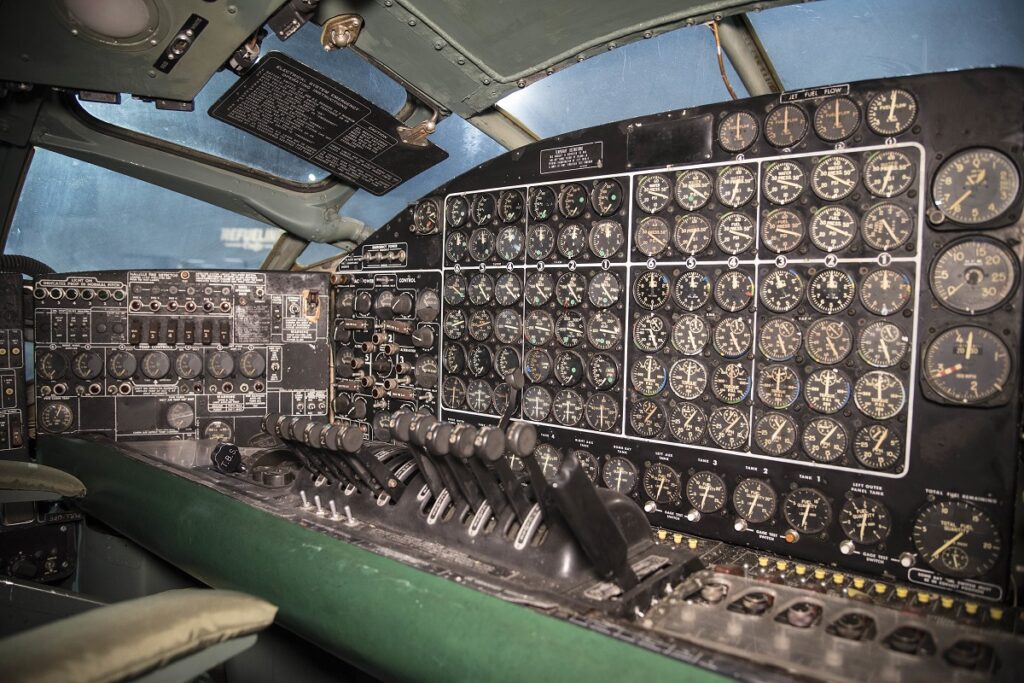At least 24 of the 80 Iraqi aircraft that were shot down by IRIAF air defenses between 16 January and 18 February 1983, according to several Western publications, were credited to Tomcats. However, a thorough investigation within the small group of Iranian fighter pilots has shown that just a handful of kills were recorded during this time. This stage of the conflict was very quiet, according to official Iranian media.
The IRIAF High Command had accordingly instructed all units to undertake operations with caution after realizing that the fight had turned into a war of attrition. Nevertheless, the Iranians started employing a new strategy in which interceptors and SAM sites were combined to create ‘killing fields’ for Iraqi fighters. The fact that so little is known about this strategy suggests that it is still effective. Nonetheless, it appears to have involved F-4 or F-14 aircraft acting as the “hammer” to drag or force Iraqis onto the SAM “anvil.”
For instance, it is known that three unidentified Iraqi fighters (likely J-6s, which were Chinese MiG-19 duplicates) were shot down on January 16. They were followed on the 21st by a Mirage and a MiG-23, the 27th by a Su-20, and the 29th by another MiG-23.
Despite Iranian caution, fighting persisted throughout the rest of 1983 at a similar pace, with both forces conducting constant airstrikes against different targets. Even with the addition of more than 200 new aircraft from China and the USSR, the IrAF nevertheless suffered losses. Even the improved MiG-25s that were outfitted with the most recent Soviet avionics and ECM equipment continued to show themselves to be vulnerable to IRIAF interceptors.
On August 6, two MiG-25PD aircraft suddenly appeared near Tabriz while flying through Turkish airspace. Nevertheless, their scheme was thwarted by a single TFB 1 F-14A that was on CAP nearby with its AWG-9 in standby mode to conceal its position. Once the MiGs had flown far into the AIM-54 engagement envelope, the Iranian crew turned on their radar and fired a Phoenix. The Iraqi pilots responded swiftly as they had in similar MiG-25 interceptions before once they knew the danger they were in. The AIM-54 cut the range and detonated near one of them, destroying its engines and fins. Both fighters turned around and accelerated. Although fatally injured, the MiG was still in flight.
Although his wingman had successfully eluded capture, the aircraft’s pilot attempted to nurse it out of Iranian airspace without support. Meanwhile, below the action, IRIAF Capt. Kazem Zarif-Khadem was in command of two F-5E Tiger II aircraft equipped with AIM-9 and napalm as they attacked Iraqi positions. Zarif-Khadem was busy navigating his way through the target while flying at a very low altitude as per usual. He was shocked to see a MiG-25 flying low and quickly cross his path. As soon as the MiG was hit, Zarif-Khadem dropped his bombs and drop tank, pushed the throttle to full afterburner, and made a U-turn behind it. He then fired both of his Sidewinders while in a “deep-six” position a few seconds later.
As the Iraqi pilot became aware of the strike and broke, the missiles were halfway to the target. The pilot ejected and was recovered by the Iraqis, but it was too late as both AIM-9s hit their targets and exploded. This was the fifth “Foxbat” that IRIAF interceptors claimed, and as a result of its loss, the IrAF stopped making other ventures into Iranian airspace.
The book Iranian F-14 Tomcat Units in Combat is available to purchase here.

